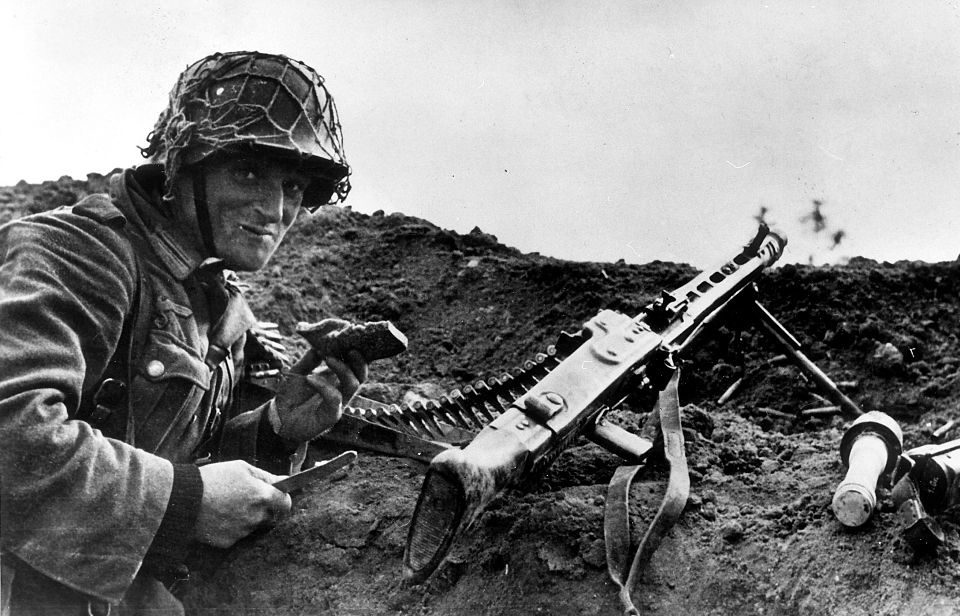The Second World War was fought with a number of new technologies and weapons. In a conflict this intense, each nation was desperate to get a leg up on their opponents. This led to increased innovation as the war progressed. Germany’s MG-42, a Mauser general-purpose machine gun, was one such development that was introduced to the battlefield while fighting was in full swing.
Development of the MG-42
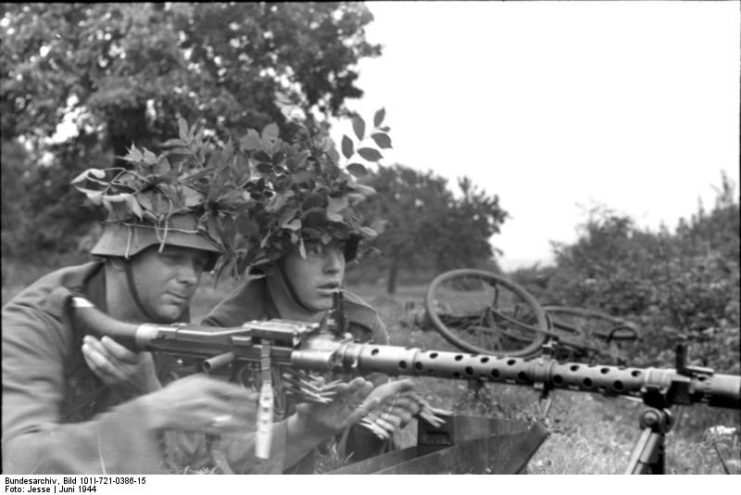
When the National Socialist German Workers’ Party took power in the 1930s, it looked to improve the country’s arms. While Germany was not yet at war, a number of companies received requests to improve upon the MG-34 machine gun, which had seen service since 1936.
The MG-34 was considered to be the most advanced weapon of its time, and once it hit the battlefield, it was considered a quality and effective gun. Firing the 7.92 x 57 mm Mauser round, it was capable of providing both light and medium machine gun cover for infantry. It could even be used as an anti-aircraft weapon.
The issue was that the MG-34 was very expensive to manufacture and had an incredibly long production time. It also experienced issues in extreme weather conditions or when it got dirty. While attempts were made to remedy these problems, effective solutions were never found.
MG-42 specifications
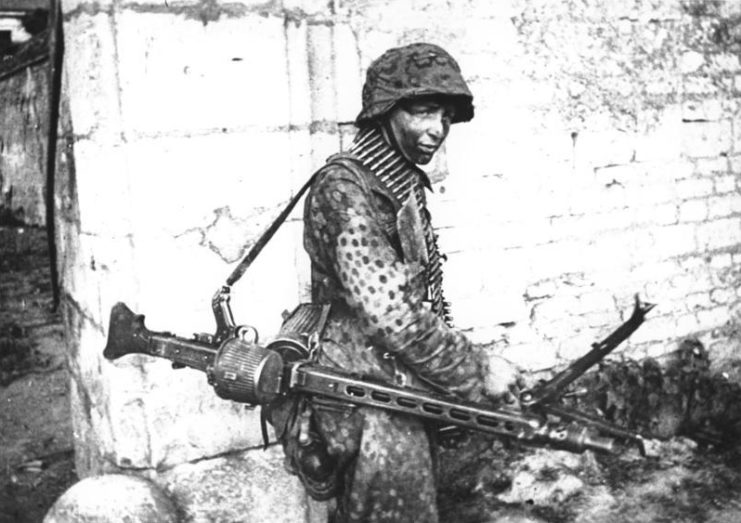
While similar to the MG-34, in that it fired the 7.92 x 57 mm Mauser round and was recoil-operated, the MG-42 featured a number of improvements that made it suited for the fighting that was occurring on all fronts of the Second World War. It was less likely to jam when covered in dirt, and was remarkably easy to use, not needing any advanced training.
One of the main features of the MG-42 was it could be used in the severe weather the Germans faced on the Eastern Front. The catch for the top cover and the cocking handle could both be operated while wearing arctic gloves, or using a stick or rod; in the freezing temperatures, the metal could have caused expedited frostbite.
The MG-42 was capable of firing rounds at a much higher rate than the MG-34. While its predecessor fired between 800 and 900 rounds per minute, the newer machine gun was capable of firing 1,200 in the same timeframe. Most importantly, the MG-42 was less expensive to manufacture and easier to mass produce.
Introduced onto the battlefield during World War II
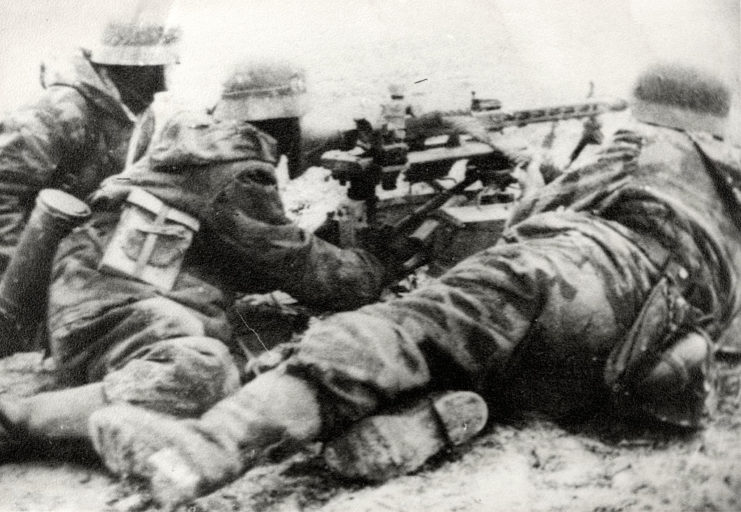
The MG-42 went into mass production in 1942, in the midst of the Second World War. It soon reached the frontlines, first appearing during the North Africa Campaign. By the end of that year, the machine gun was in use on all fronts, along with the MG-34.
The MG-42 was both devastating and problematic. When used against an enemy, the weapon was nearly unstoppable. At the same time, its high rate of fire meant ammunition was quickly spent. As such, soldiers operating near an MG-42 were often ordered to hold additional ammunition, and those manning the guns were told to avoid sustained fire.
Continued use of the MG-42
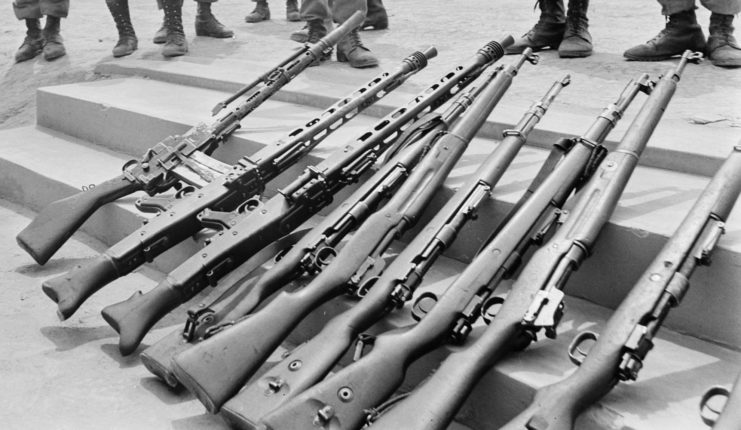
Production of the MG-42 stopped upon the end of the Second World War. By then, more than 400,000 had been produced, and they’d go on to see plenty of use in the decades to come. In 1948, the Israelis got their hands on both MG-34s and MG-42s for service during the Arab-Israeli War. The machine gun was also equipped during the Algerian War, the Bizerte crisis and the Bangladesh Liberation War.
Nations such as Portugal, Romania and Norway also received batches of MG-42s during the 1940s.
Inspiring future machine guns
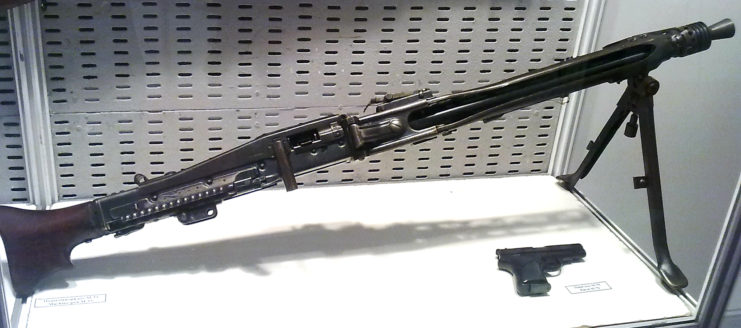
The MG-42 has remained a popular weapon to this day. There are still models in use, and there have been a number of variants of the much-revered machine gun. After seeing the weapon’s effective, the US decided to create a similar one. The Saginaw Steering Gear company began work on a design and created the T24 machine gun. However, World War II ended before it could enter production.
More from us: M240: The Machine Gun Loved By Both Marines and the US Army
Working off the design of the MG-42, Yugoslavia began development on a similar weapon, which became the M53. Models were sent in large quantities to Iran, and the weapon heavily featured during the Gulf War. The last variant of the MG-42 was the MG-74, constructed by Austria. It was developed in 1974, and is still used by the Austrian Armed Forces.
